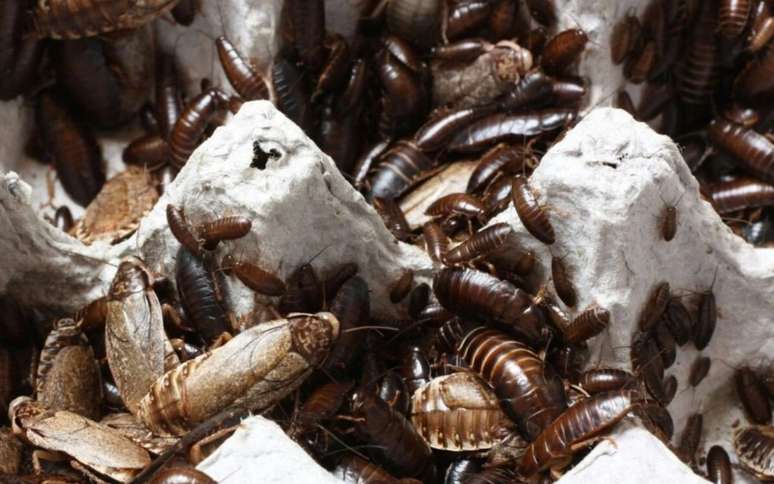When maintaining cleanliness, you must follow safety rules.
Cleaning is a necessary part of life that protects us from harmful germs and bacteria. But of course, you shouldn’t go to extremes with her.
“The best approach is to pay close attention to high-traffic areas and frequently used objects,” says Jonathan Sexton, a researcher at the Mel and Enid Zuckerman College of Public Health at the University of Arizona in Tucson.
However, very often when cleaning people make mistakes that practically undo all the work done or can even cause damage. We’ll talk about the six most common ones below.
Use the same sponge to wash dishes and kitchen surfaces
In the category “dirtiest object in the house”, the kitchen sponge confidently takes first place. Research shows that it grows bacteria better than a laboratory petri dish: Pathogens like salmonella and campylobacter thrive in the humid and often warm environment of a loofah.
ADVERTISING – CONTINUED BELOW
According to a study by the National Sanitation Foundation, more than 75% of kitchen sponges are contaminated with coliform bacteria (such as E. coli), which can cause serious gastrointestinal problems. “Microorganisms can survive for weeks or even months in the right environment, and a sponge is ideal because it stays moist for a long time, allowing them to grow,” says Sexton.
“Using the same sponge to clean all surfaces, including those that have been touched by raw meat, poultry, seafood and eggs, creates unnecessary problems,” says Jennifer J. Quinlan, professor and Director General of the Center for Integrated Health Research. . in food safety at Prairie View A&M University in Texas.
Although it is not very eco-friendly, it is better to consider using paper towels. If you are still using fabric, you should change it every day and wash it only in hot water.
Wash the dishes, but don’t clean the sink









